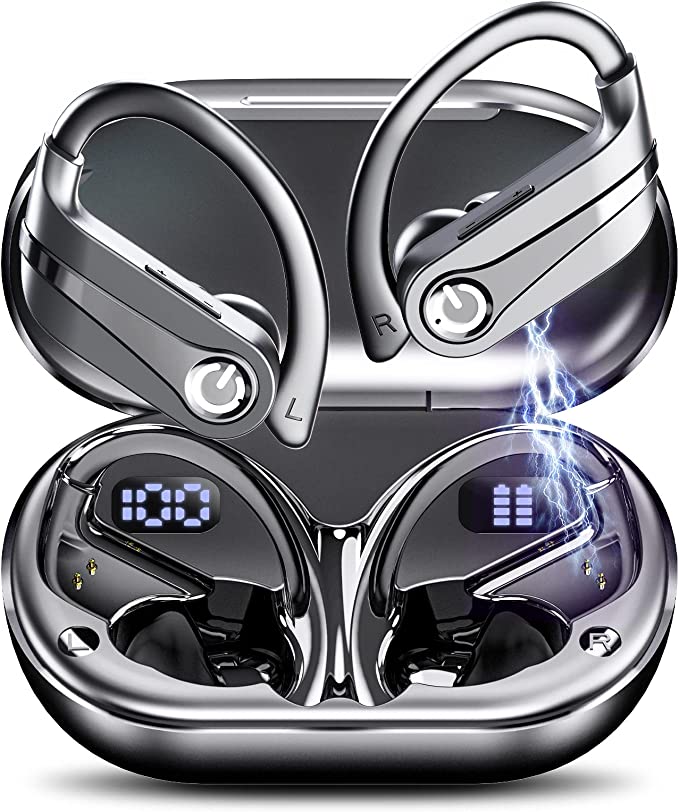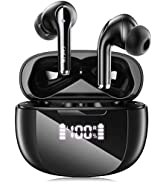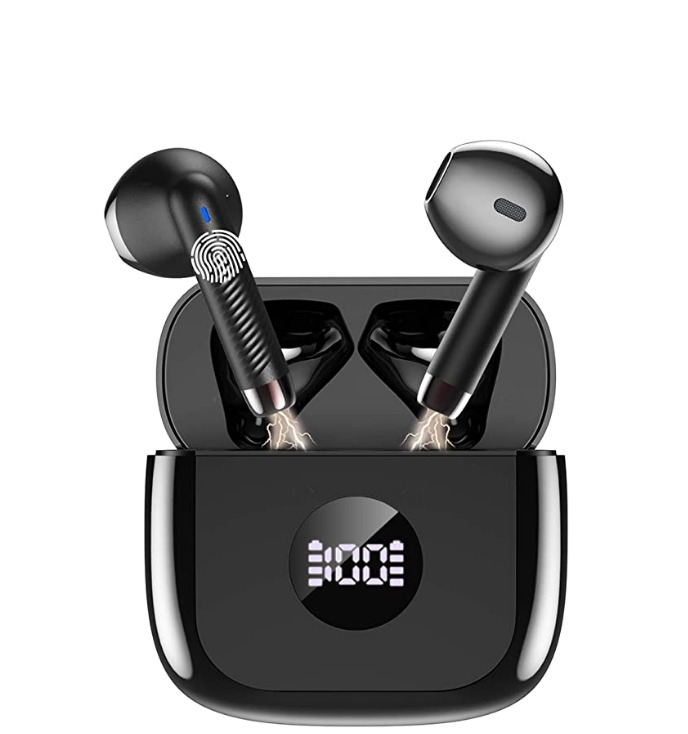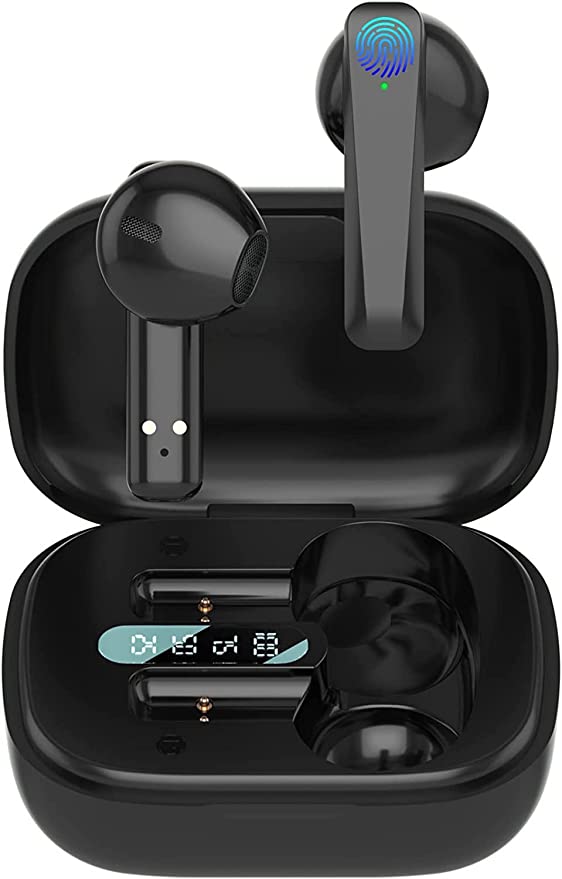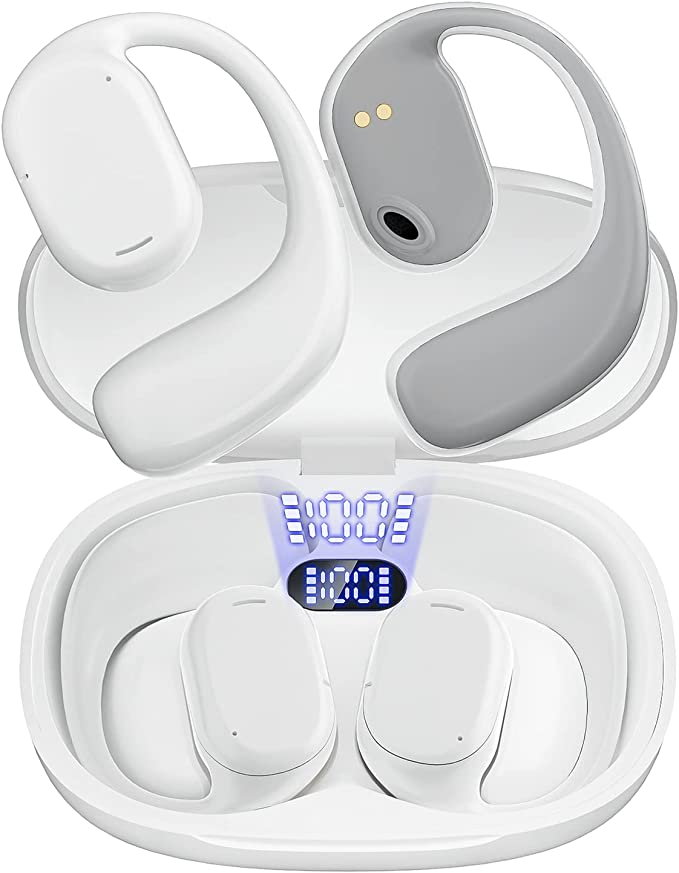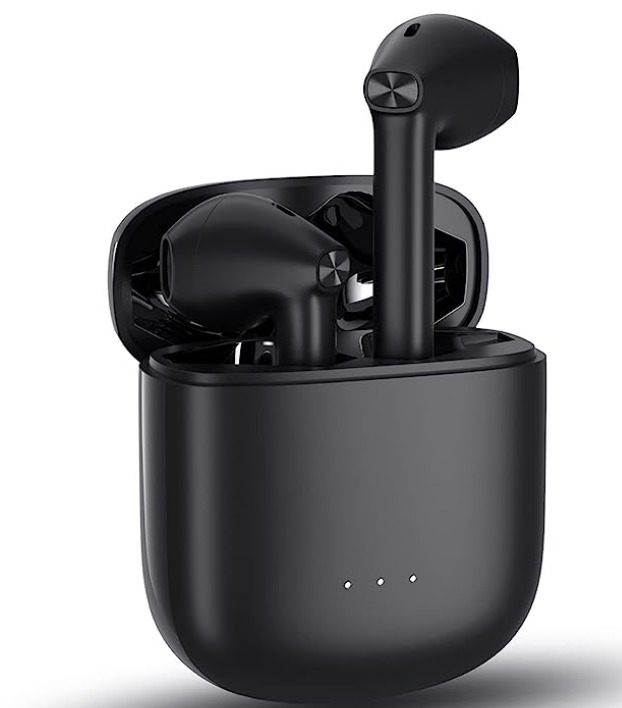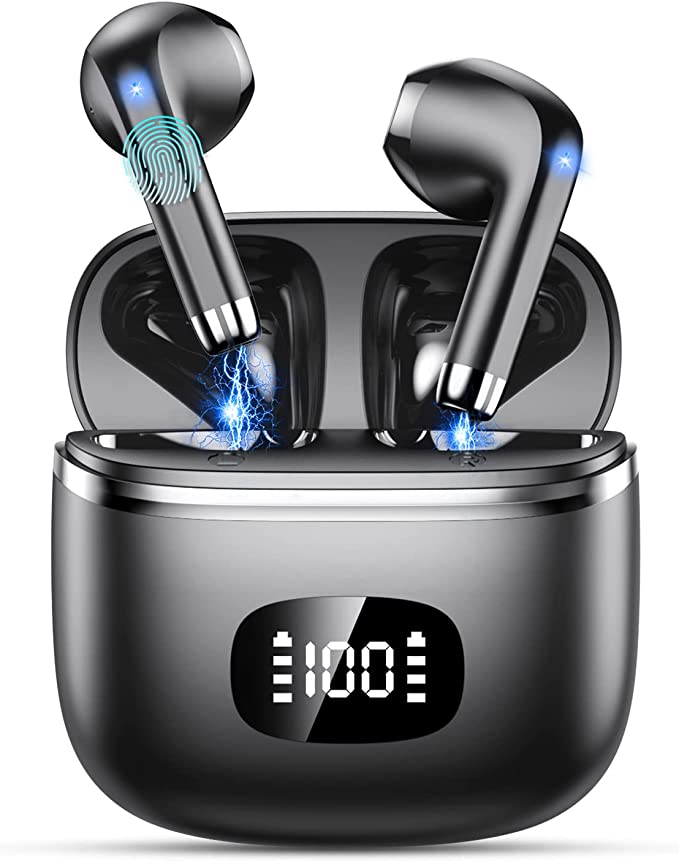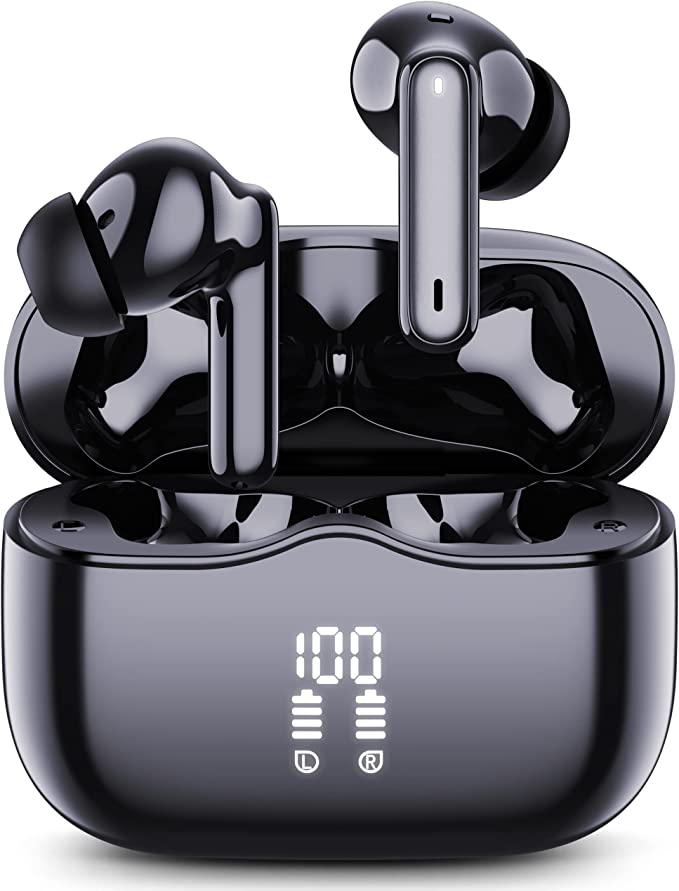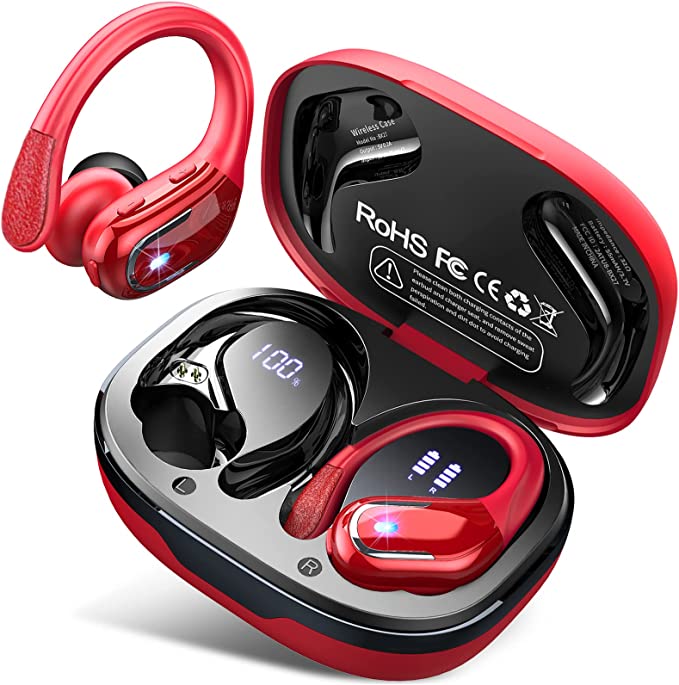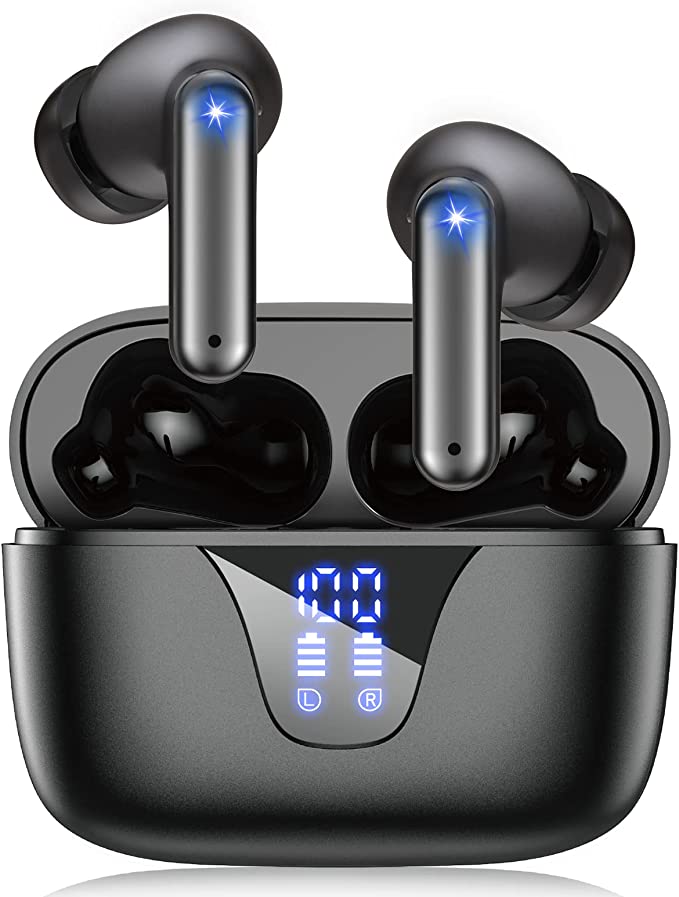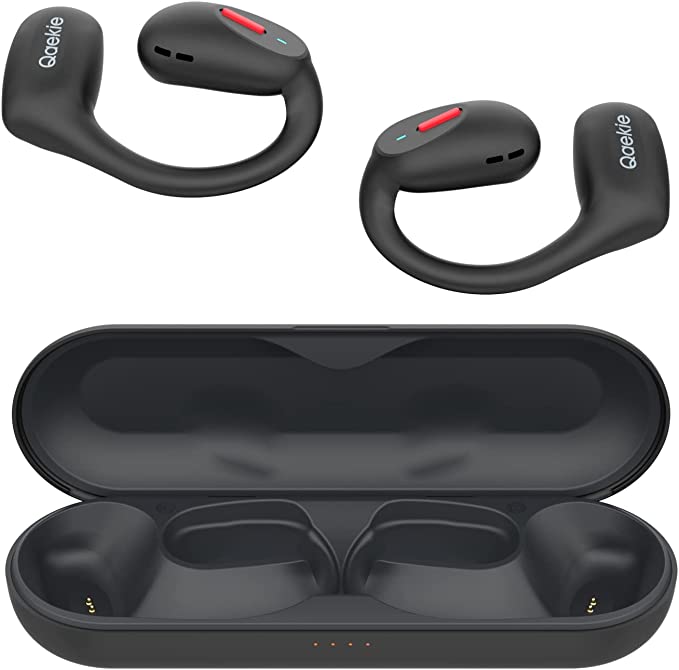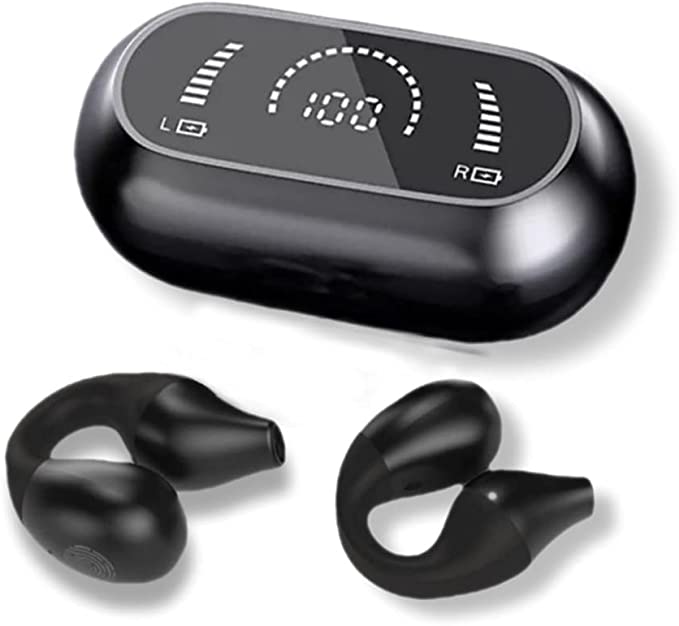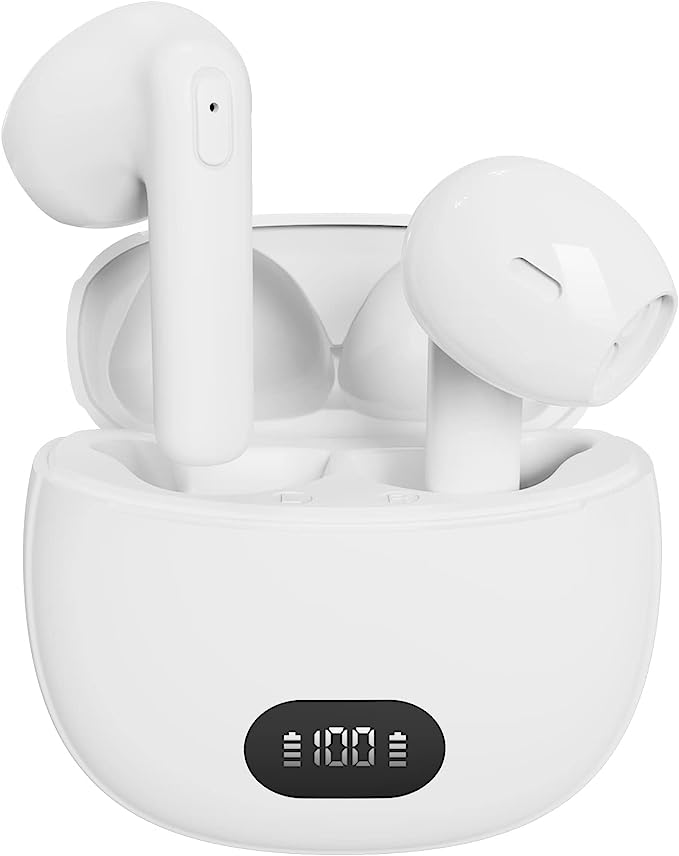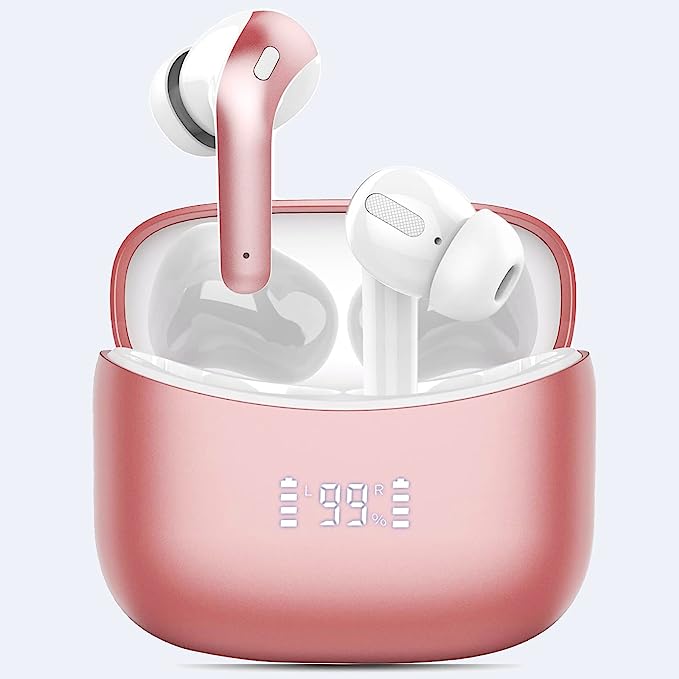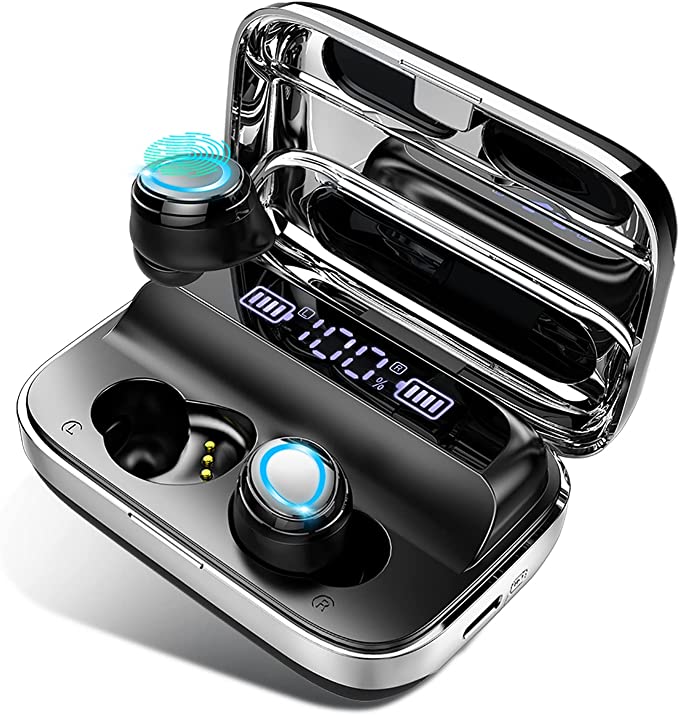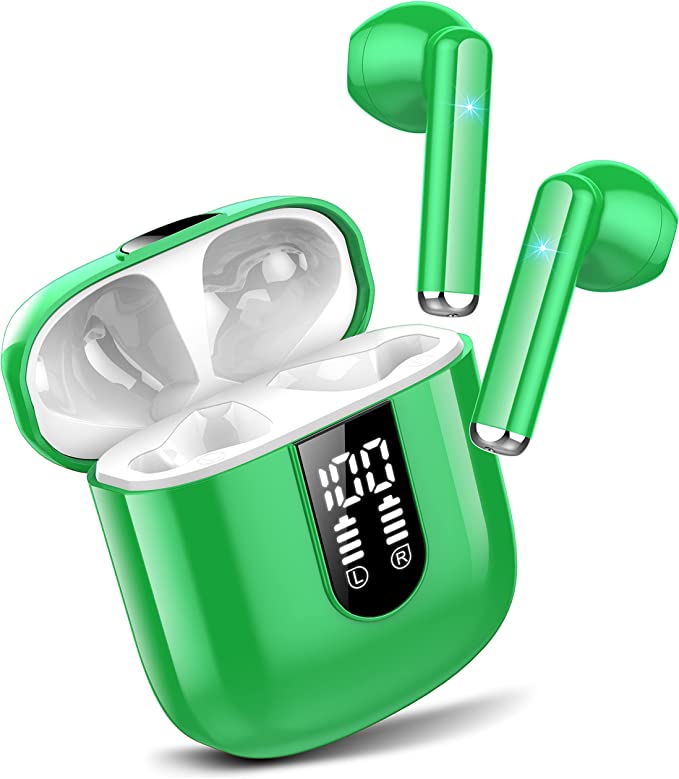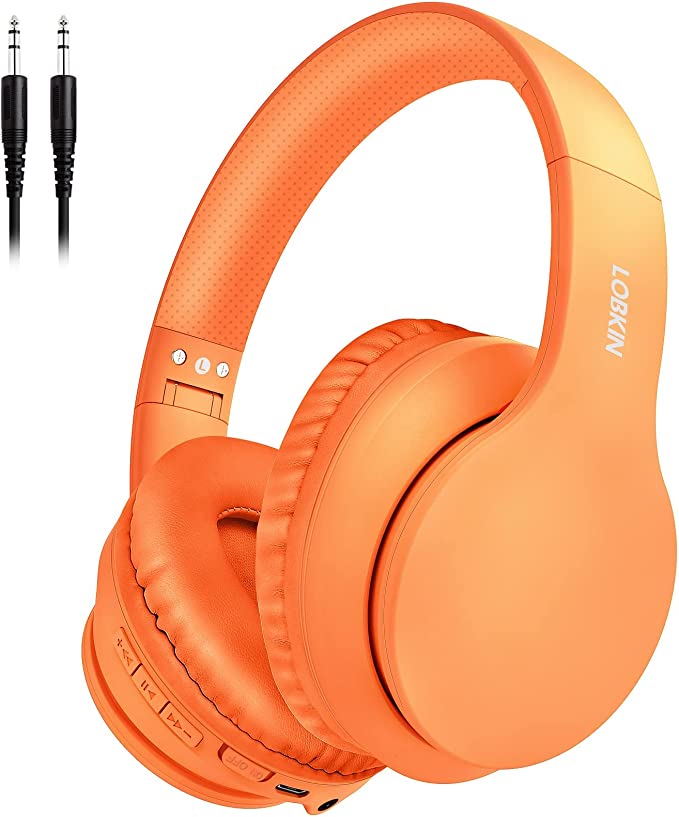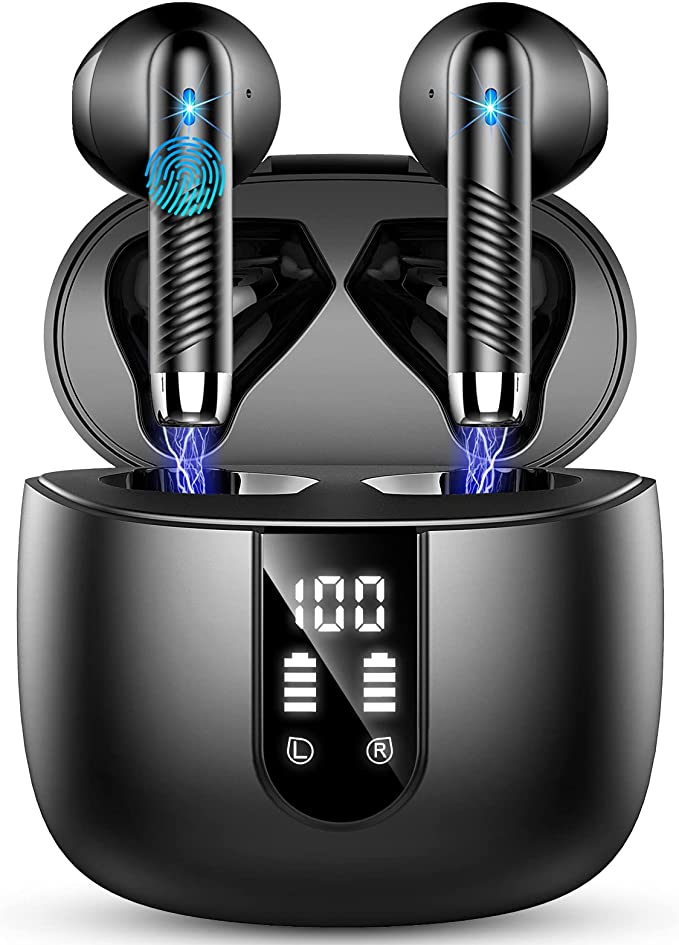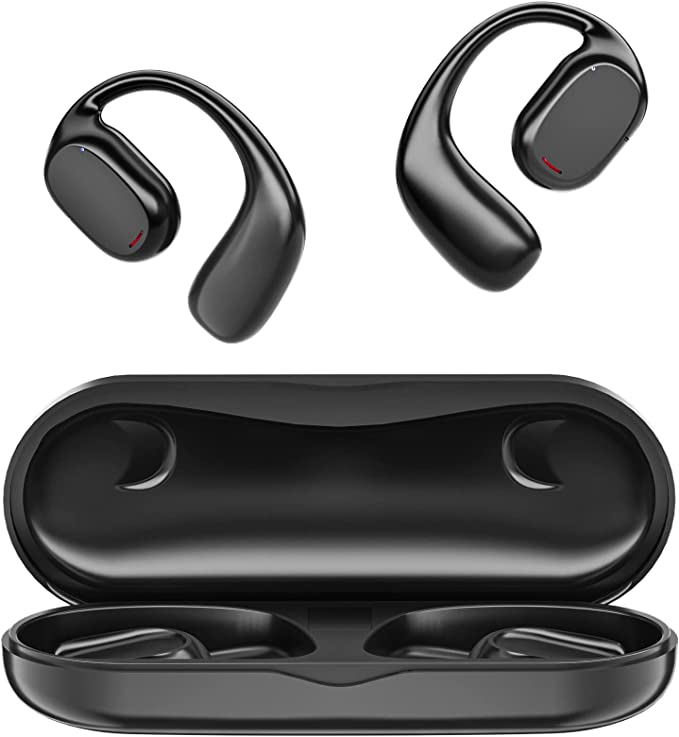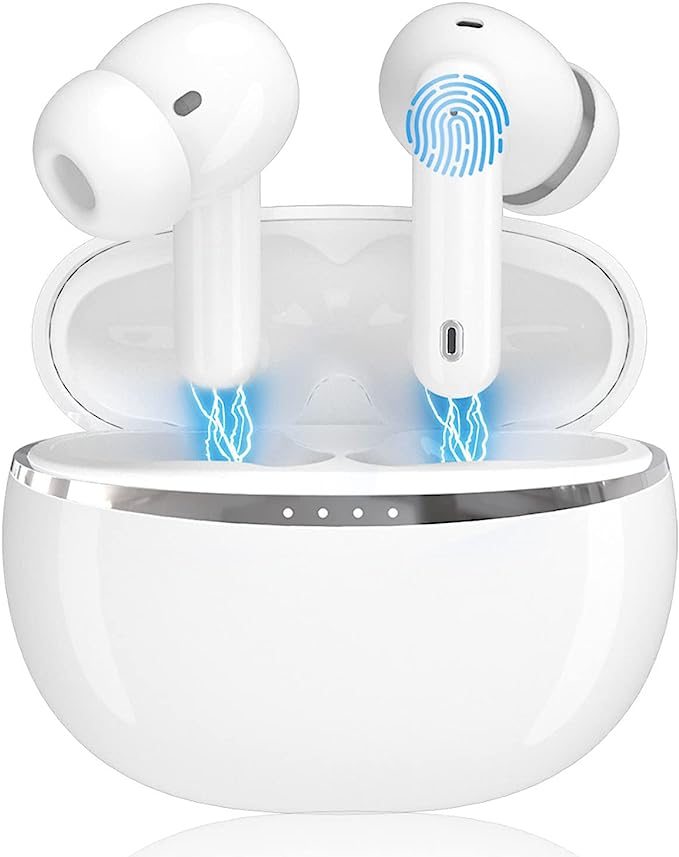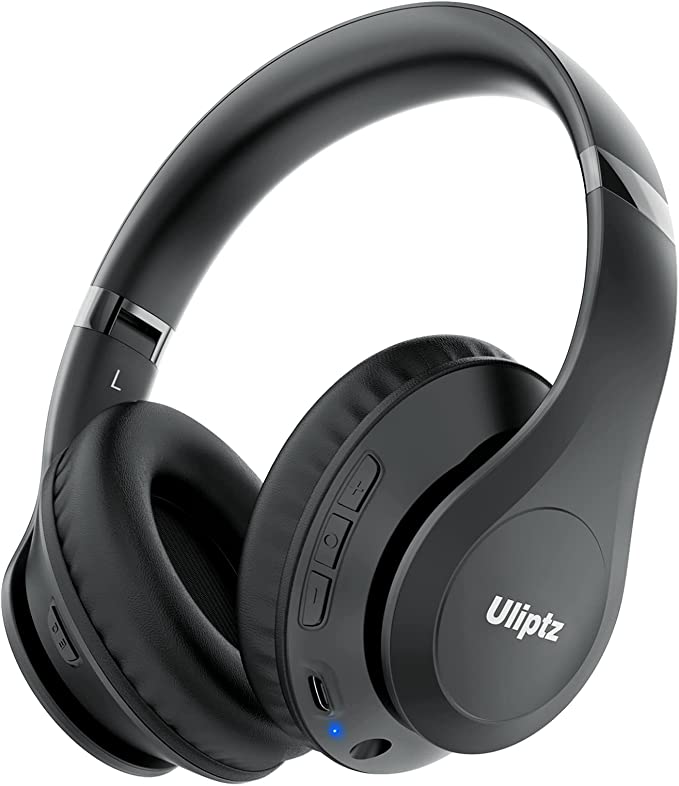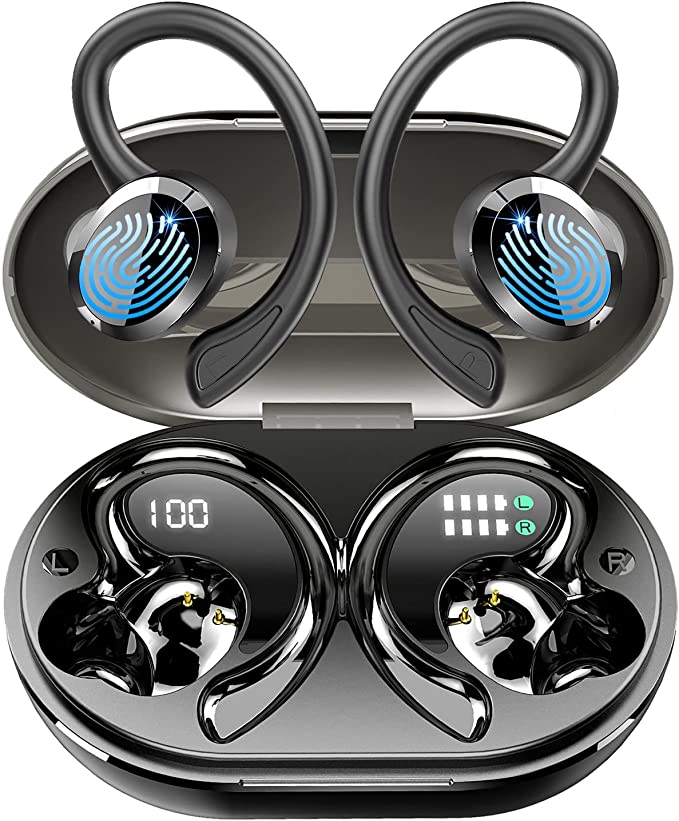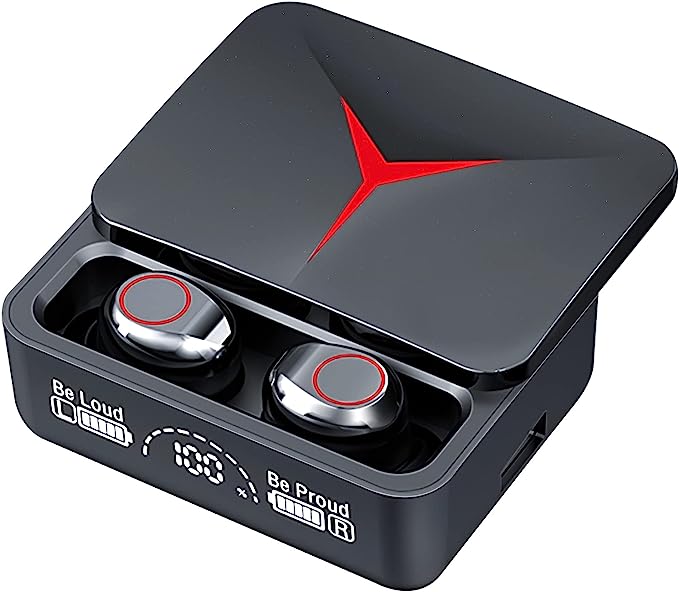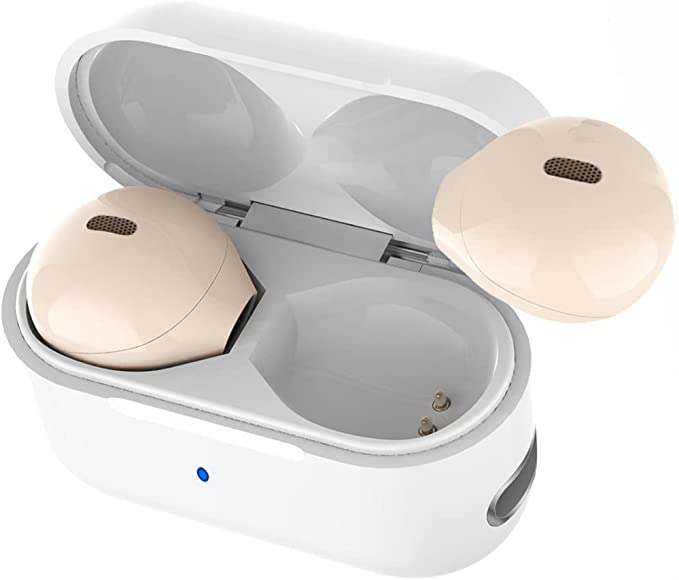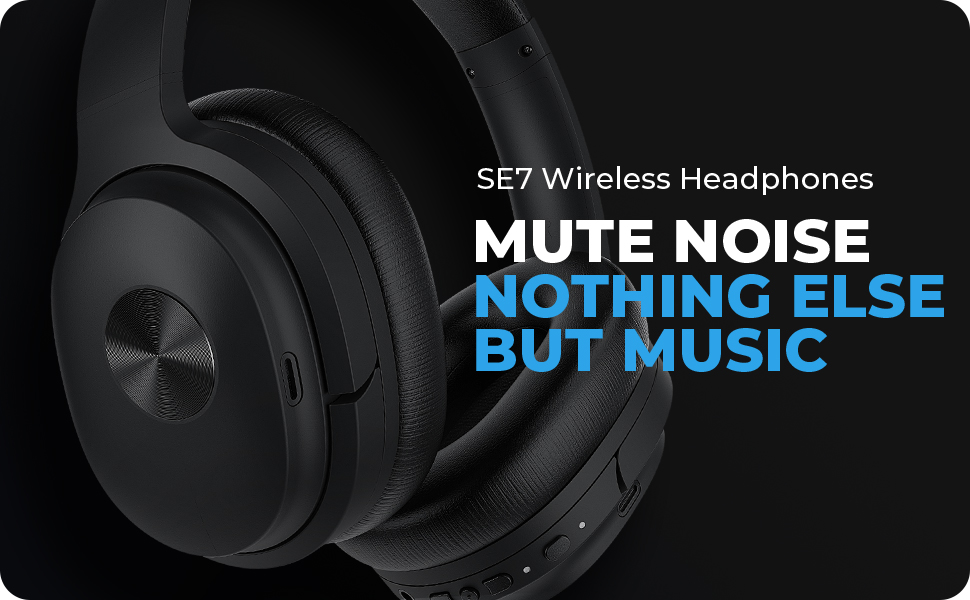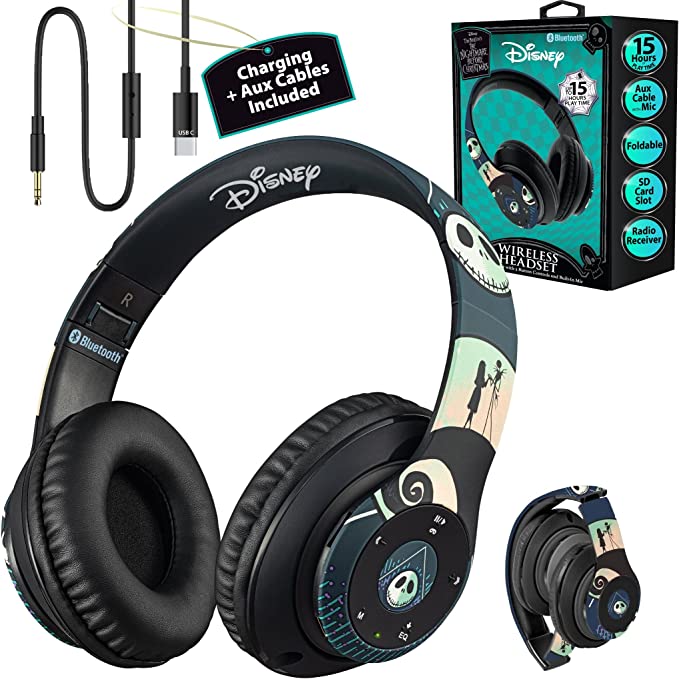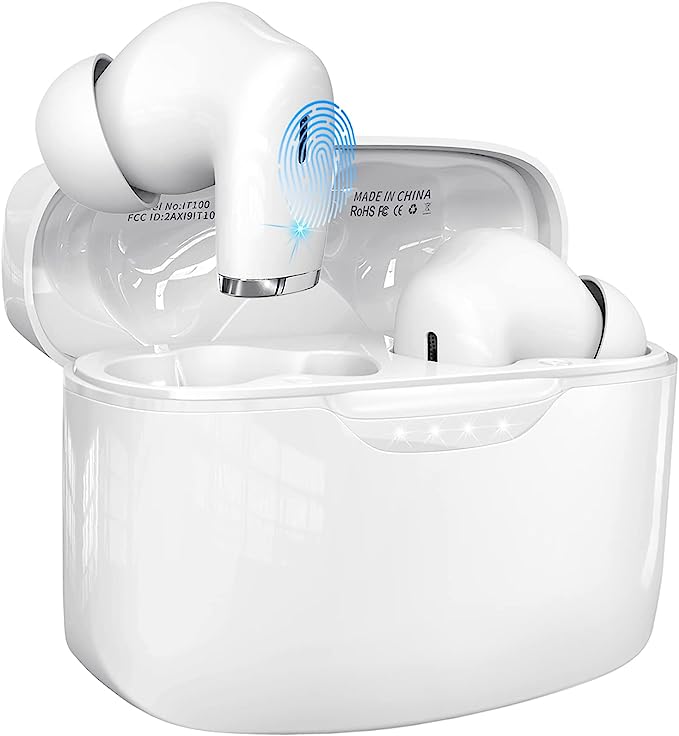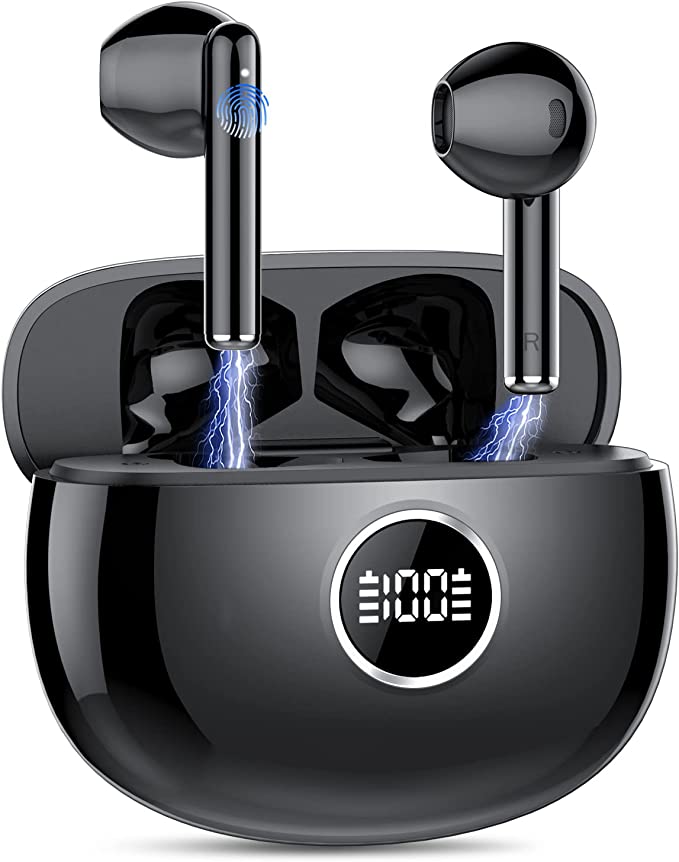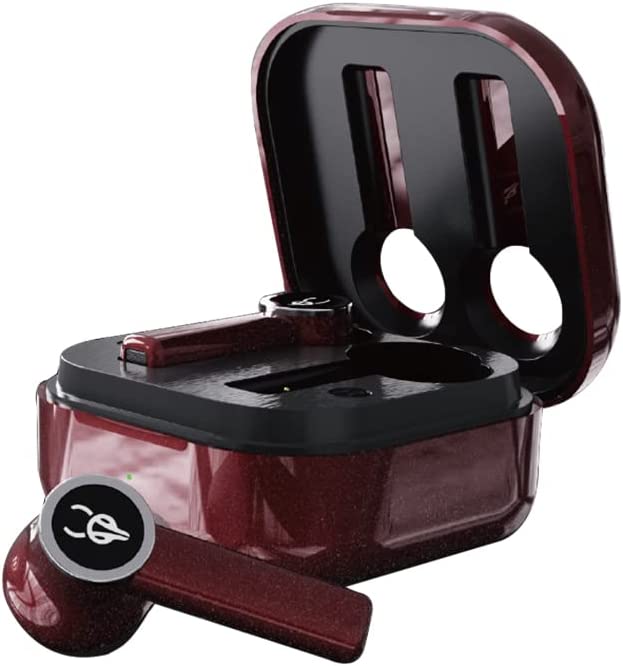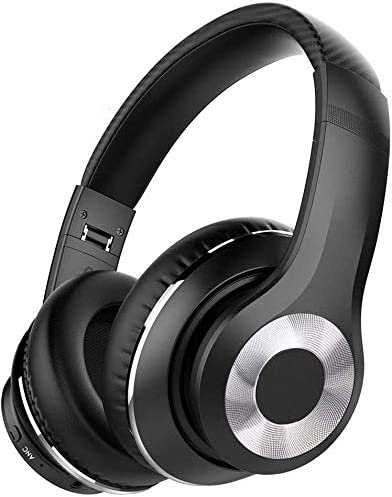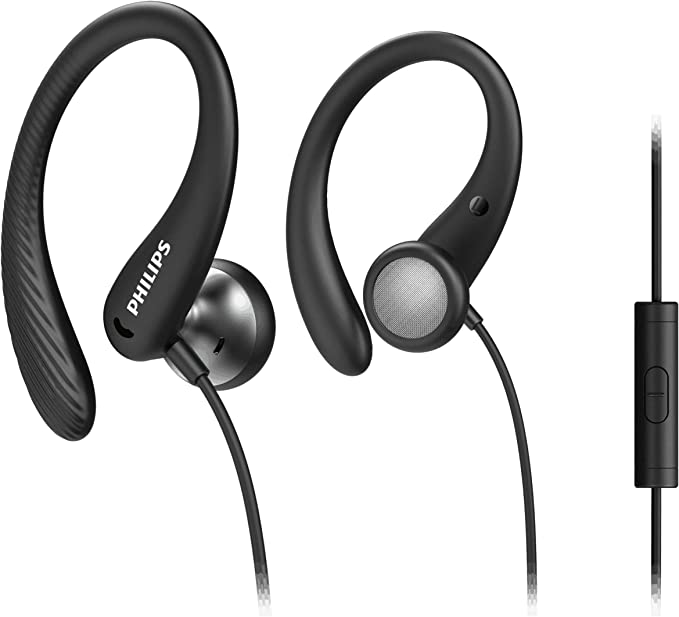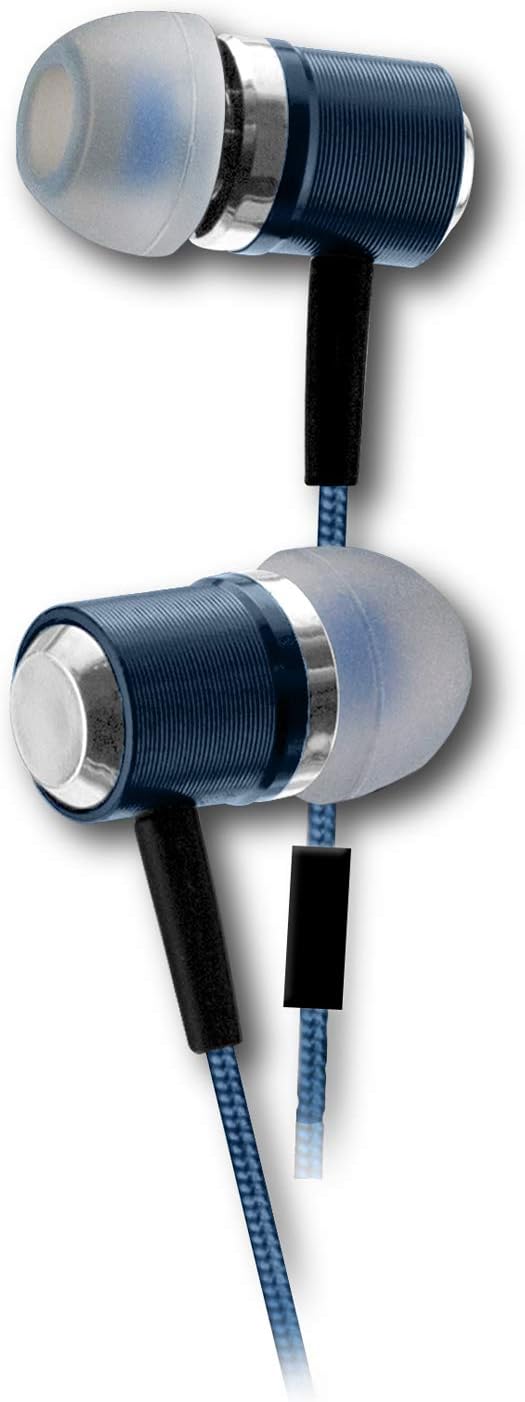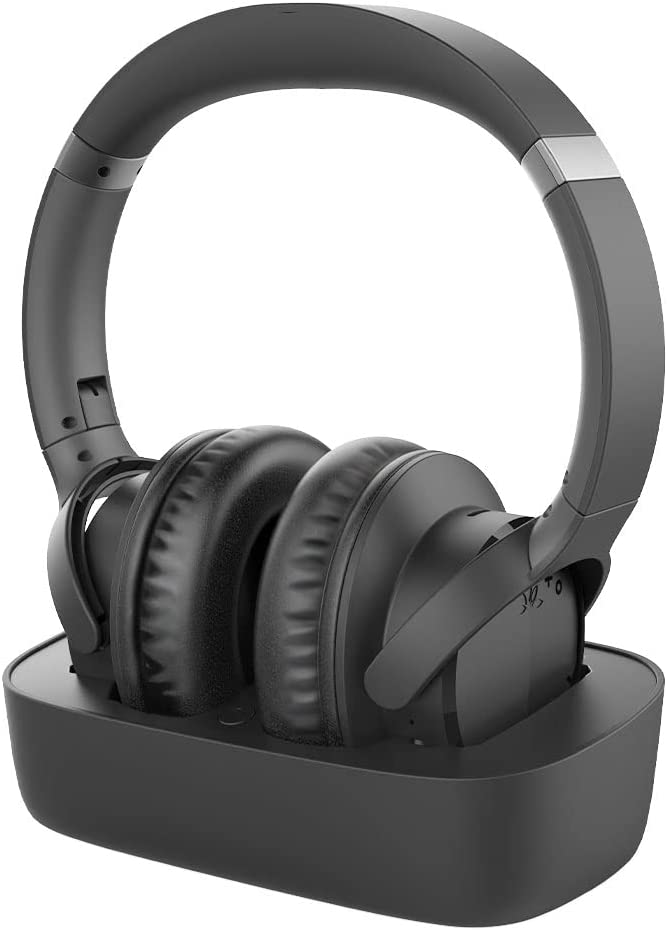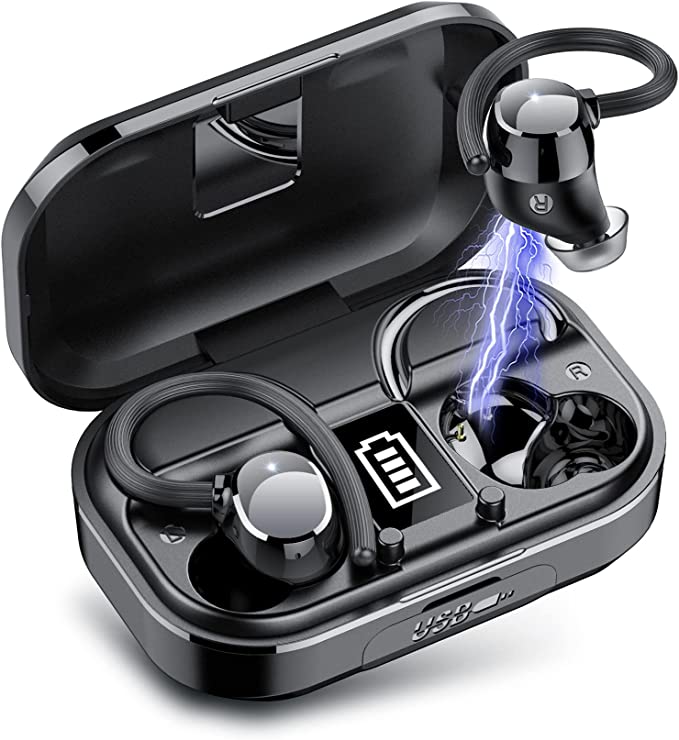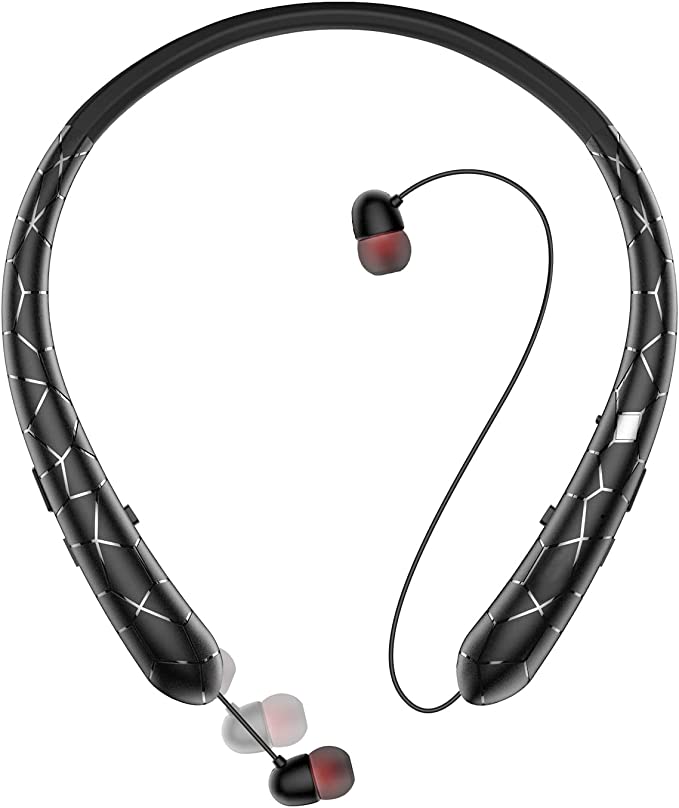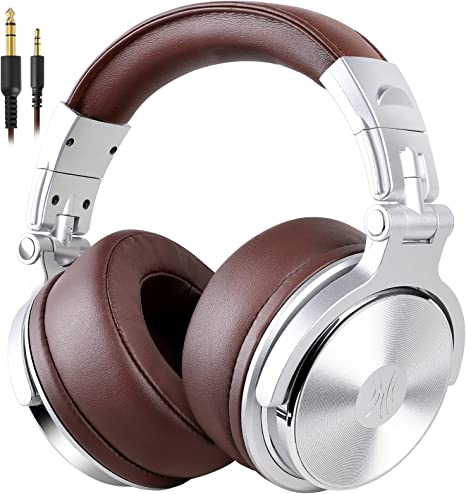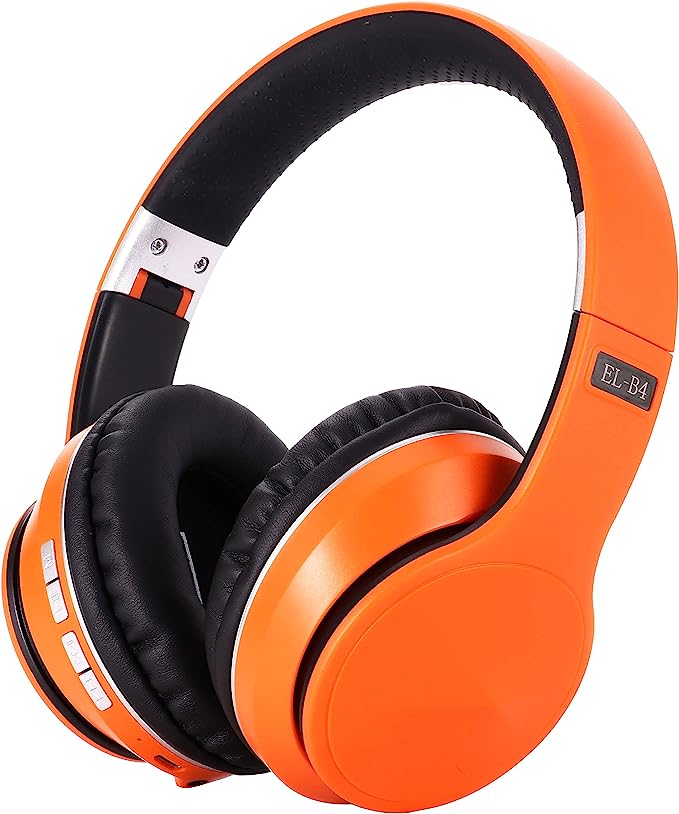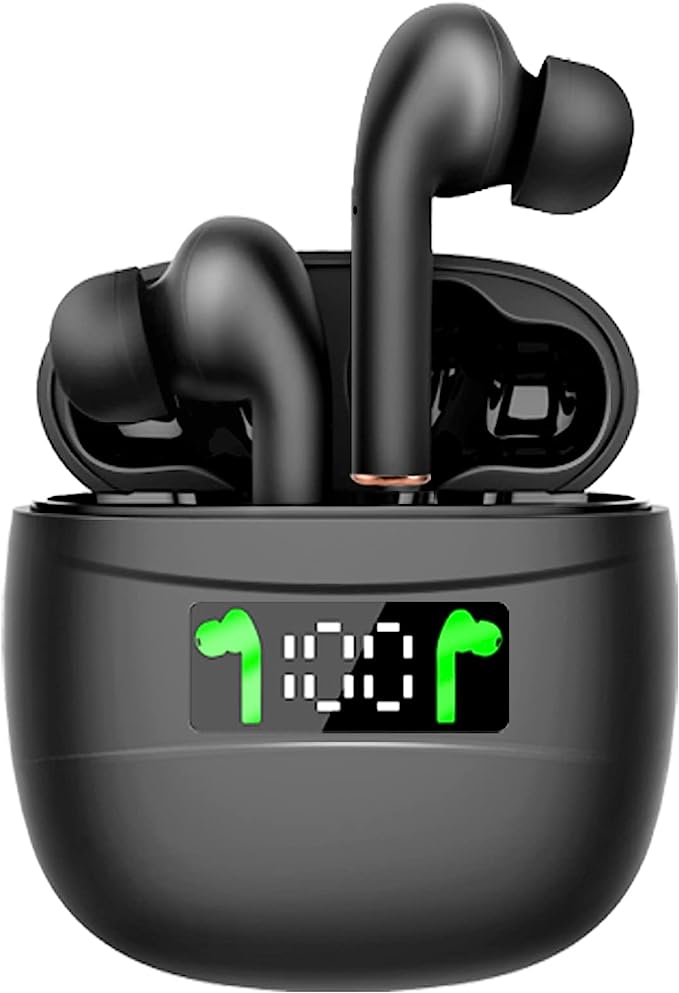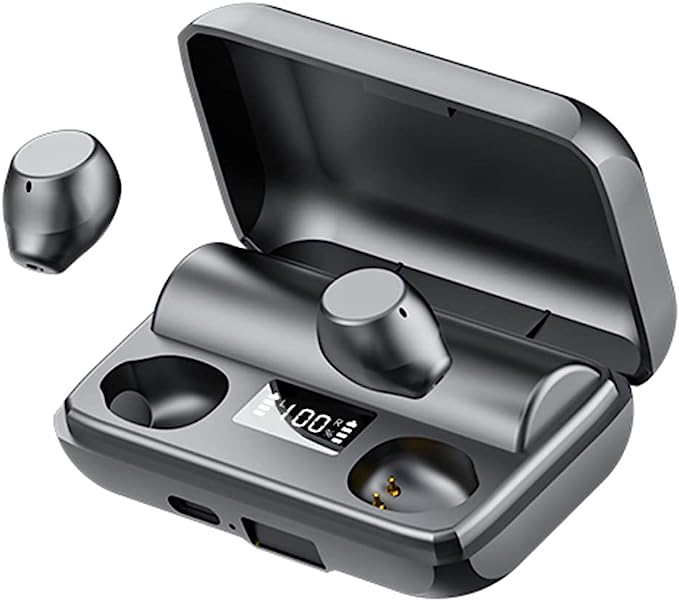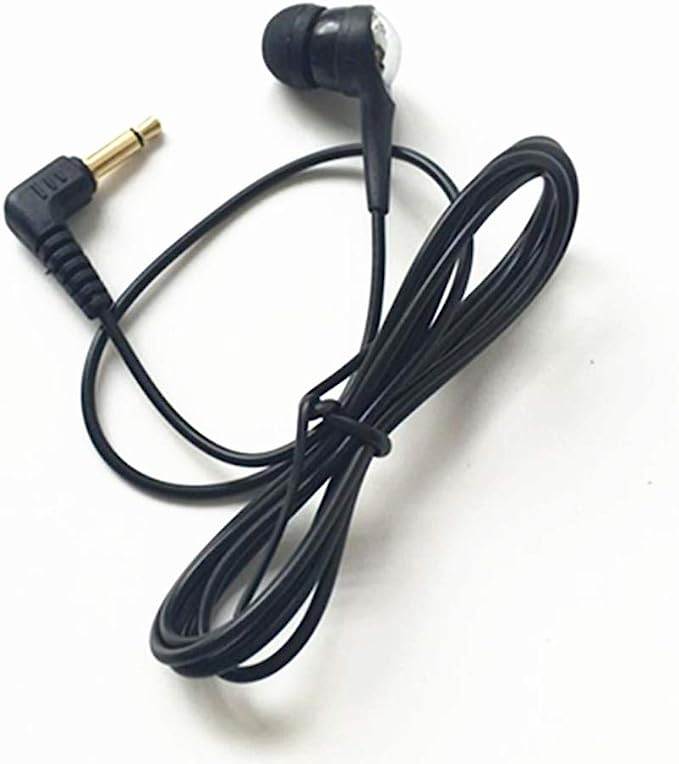Boytond Q63-101 Wireless Earbuds: 72H Playtime, IPX7 Waterproof, Perfect for Sports
Update on June 6, 2025, 4:52 p.m.
The rain begins as a whisper, then a hiss on the pavement. You’re five miles in, heart pounding a rhythm against your ribs, a rhythm matched only by the driving beat in your ears. This is your zone, a fragile bubble of focus powered by music and momentum. Then, silence. Not the peaceful silence of a forest, but the jarring, empty void of a dead battery. The ghost in the machine has won. Or perhaps it’s a different kind of failure: a sudden lurch, and the sickening feeling of an earbud skittering across the wet asphalt, lost to the storm drain.
Every athlete, every commuter, every person who has sought refuge or motivation in personal audio knows this technological heartbreak. We’ve come a long way from the bouncing, cumbersome Walkman of the 1980s, whose wired headphones tethered us to our devices. Today, we live in the age of True Wireless Stereo (TWS) – a market that, according to industry analysts, has exploded into a multi-billion dollar industry, liberating our movements. Yet, this freedom has come at a cost: a new set of anxieties. Will they last the full marathon? Will they survive a sudden downpour? Will they actually stay in my ears?
These are the questions that define the modern sport earbud. To understand the answers, we need to go beyond marketing claims and star ratings. We need to dissect one of these devices, not as a reviewer, but as a curious scientist. Our specimen for today is the Boytond Q63-101 Wireless Bluetooth Earbuds. On the surface, it’s one of many contenders in a crowded field. But its specifications tell a compelling story about the triple challenge of endurance—chemical, physical, and signal—that every earbud designer must face. Let’s begin the dissection.

The Tyranny of the Red Light: Conquering Chemical Endurance
There is a unique, modern dread reserved for the blinking red light of a dying electronic device. This “battery anxiety” is the invisible leash that keeps us tethered to charging ports. The Q63-101 confronts this head-on with a bold claim: 72 hours of playtime. To a casual user, this number sounds like marketing hyperbole. For a runner, it could mean two weeks of daily runs without a recharge. For a commuter, it could span an entire month of travel. But how is this marathon of power possible in such a tiny package?
The answer lies in a masterful synergy between a power source and a highly efficient engine. The power source is a Lithium-Polymer (Li-Po) battery. Imagine the difference between a rigid glass bottle and a flexible water pouch. A traditional cylindrical lithium-ion battery is like that bottle—sturdy but inefficient with its use of space. A Li-Po battery, with its gel-like electrolyte, is the pouch. It can be shaped into thin, flat layers, eliminating wasted space and packing more energy-storing material into the compact shell of an earbud. This property, known as high energy density, is the first pillar of its chemical endurance.
But a large fuel tank is useless without an efficient engine. This is where Bluetooth 5.3 enters the narrative. Think of this technology not as a single feature, but as a master diplomat fluent in the language of energy conservation. Older Bluetooth versions were like shouting across a room—effective, but draining. Bluetooth 5.3, with protocols like the Enhanced Attribute Protocol (EATT), engages in a sophisticated, low-energy dialogue with your phone, transmitting data in shorter, more efficient bursts. It intelligently adjusts its power based on distance, sipping energy rather than gulping it. So, when Boytond claims 72 hours, they are banking on this powerful combination: the dense energy storage of Li-Po and the miserly consumption of Bluetooth 5.3. It’s a claim backed by aggregated customer feedback, where “battery life” is a consistent point of praise, transforming a technical specification into a tangible sense of freedom.

The Unforgiving Element: A Duel with Physical Endurance
An athlete’s environment is hostile to electronics. Gravity is relentless, and moisture, in the form of sweat or rain, is a constant threat. A sport earbud’s physical endurance is tested not in a lab, but on the unforgiving proving grounds of the track, trail, and gym.
The Science of Staying Put
First, there’s the battle with gravity. The horror of a single earbud falling out during a sprint is twofold: the immediate loss of audio immersion and the potential financial loss of a tiny, expensive device. The Q63-101’s answer is the over-ear hook, a design with roots in early hearing aids and professional stage monitors. This isn’t just a piece of plastic; it’s a simple, elegant application of biomechanics.
Your ear, specifically the outer structure known as the pinna, is a wonderfully complex shape. The over-ear hook utilizes the sturdy cartilage ridge above your ear canal as a natural anchor point. This distributes the earbud’s weight over a larger area and creates a counter-lever system that resists the vertical and horizontal jolts of running. It’s a far more secure method than simply relying on friction inside the ear canal.
However, the human ear is as unique as a fingerprint. This leads to the great paradox of ergonomic design. While many users in the provided feedback laud the Q63-101 for its “sturdiness” and “comfortable” fit, another verified purchaser points out they become “uncomfortable around the back of the ear” during long sessions. This isn’t a design flaw so much as an acknowledgement of reality: there is no universal human ear. The quest for the perfect fit is a deeply personal one, and the success of a design like this hinges on the specific anatomy of the individual wearer.
The Waterproof Paradox
Now we come to the most contentious and fascinating aspect of the Q63-101: its battle with water. The product is stamped with an IPX7 waterproof rating. This is where we must put on our scientist hats and decode what that really means. The IP Code, or Ingress Protection Code, is a standard (IEC 60529) that classifies the degree of protection provided by electrical enclosures. The ‘X’ means it hasn’t been rated for dust protection. The ‘7’ is the crucial part. It certifies that a device can survive being submerged in 1 meter of static, fresh water for up to 30 minutes.

In theory, this rating should make the earbuds impervious to the heaviest sweat and rain. It’s a green light for any land-based athletic activity. But then we have this explosive piece of user feedback from a verified buyer: “as soon as you hit the water you will realize, they are not waterproof at all.” The user recounts how the earbuds failed immediately upon entering a pool.
How can both a certified rating and this user’s experience be true? Welcome to the “Lab vs. Reality” gap. The IPX7 test is a static one. It’s like getting a license that says you can float in a calm swimming pool. It does not certify you to handle the dynamic pressure of swimming strokes, the turbulent water of a choppy lake, or the chemical assault of chlorine and salt, which can degrade the rubber seals over time. Furthermore, mass production can lead to microscopic inconsistencies in the seals of individual units.
So, the user’s experience doesn’t necessarily invalidate the IPX7 rating. Instead, it provides a crucial lesson for all consumers: an IP rating is a baseline for controlled conditions, not an ironclad guarantee against all forms of aquatic adventure. For rainy runs, the Q63-101 is likely a reliable partner. For swimming laps, as this user discovered, it is not the right tool for the job.

The Unbroken Thread: The Challenge of Signal Endurance
The final test of endurance is invisible. It’s the stability of the wireless signal, the unbroken thread that connects you to your music. A faltering connection, full of stutters and skips, can be just as frustrating as a dead battery. Here again, the choice of Bluetooth 5.3 is key.
Its superiority lies in its robustness. The technology uses a technique called Adaptive Frequency Hopping (AFH), constantly scanning the 2.4 GHz spectrum and intelligently switching channels to avoid interference from Wi-Fi networks, microwave ovens, and other Bluetooth devices. This makes the connection remarkably stable, even in a crowded gym.
Moreover, Bluetooth 5.3 significantly reduces latency—the delay between when your phone sends a signal and your earbud plays the sound. While a slight delay is unnoticeable when listening to music, it becomes a glaring issue when watching a video, leading to out-of-sync lips. For a mobile gamer, high latency can be the difference between victory and defeat. While the Q63-101 isn’t marketed as a gaming earbud, its use of this modern standard ensures a smooth, frustration-free experience across all media types, a testament to its solid signal endurance.
The Sum of Its Parts
After our dissection, what have we learned? The Boytond Q63-101, like any piece of thoughtful engineering, is a story of calculated decisions and compromises. Its exceptional battery life is a triumph of Li-Po density and Bluetooth efficiency. Its secure fit is a smart application of biomechanics, albeit one that is subject to personal anatomy. And its waterproof rating is a perfect illustration of the crucial difference between a controlled lab standard and the beautiful, chaotic mess of the real world.
This is the hidden science behind the hype. These tiny devices are not magic. They are the product of decades of innovation in material science, battery chemistry, and radio technology. They are built to be our silent, steadfast partners, holding the beat steady as we push our own physical limits. And in understanding the technology that powers them, we are better equipped to choose the right partner for our own personal marathon.
